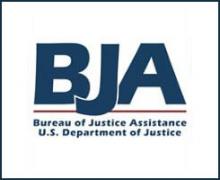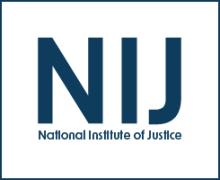Utilizing a combined hospital and criminal justice database to identify risk factors for repeat firearm injury or violent-crime arrest among firearm victims
NCJ Number
307738
Journal
Medicine Science and the Law
Date Published
2023
Agencies
BJA-Sponsored
Publication Link





